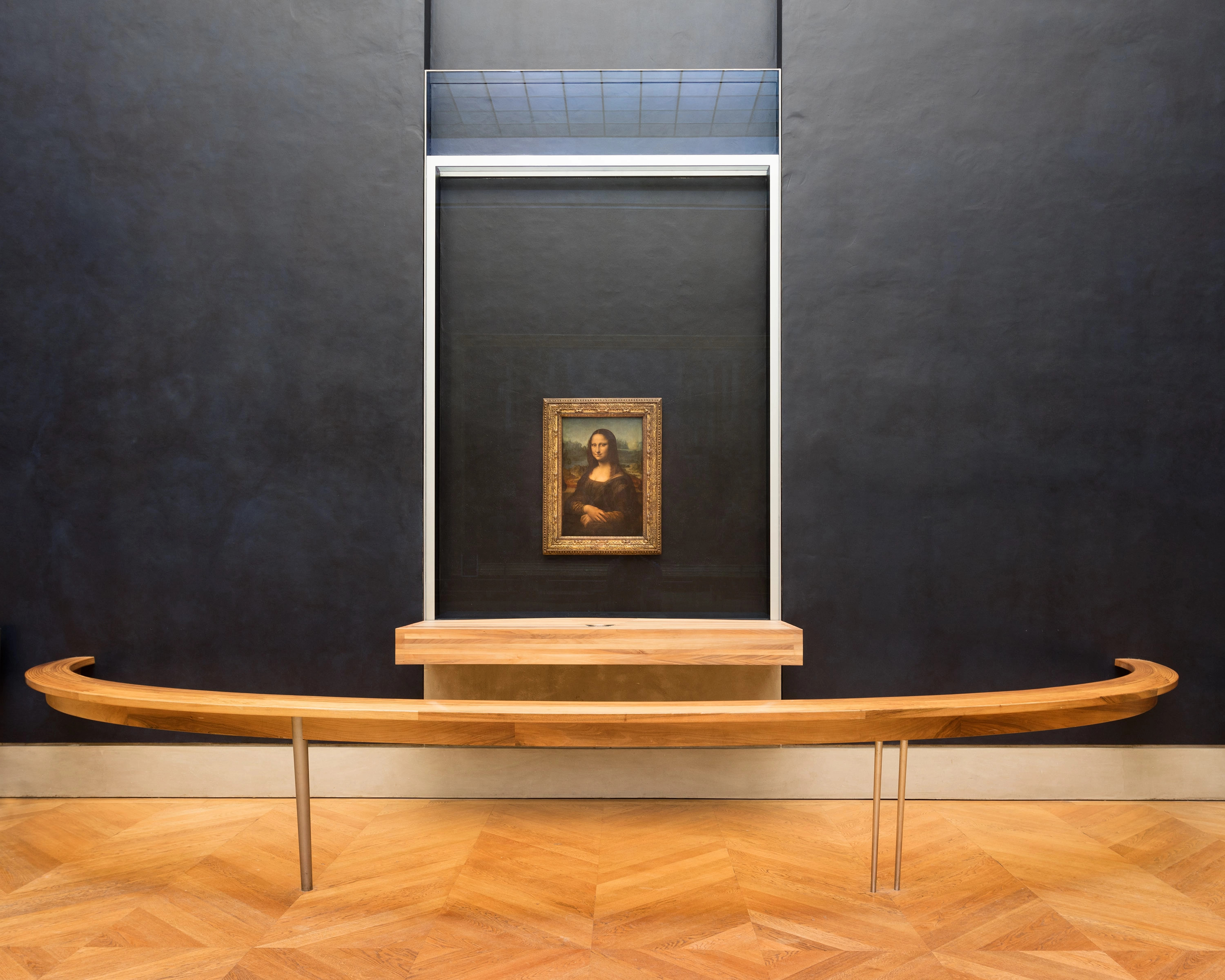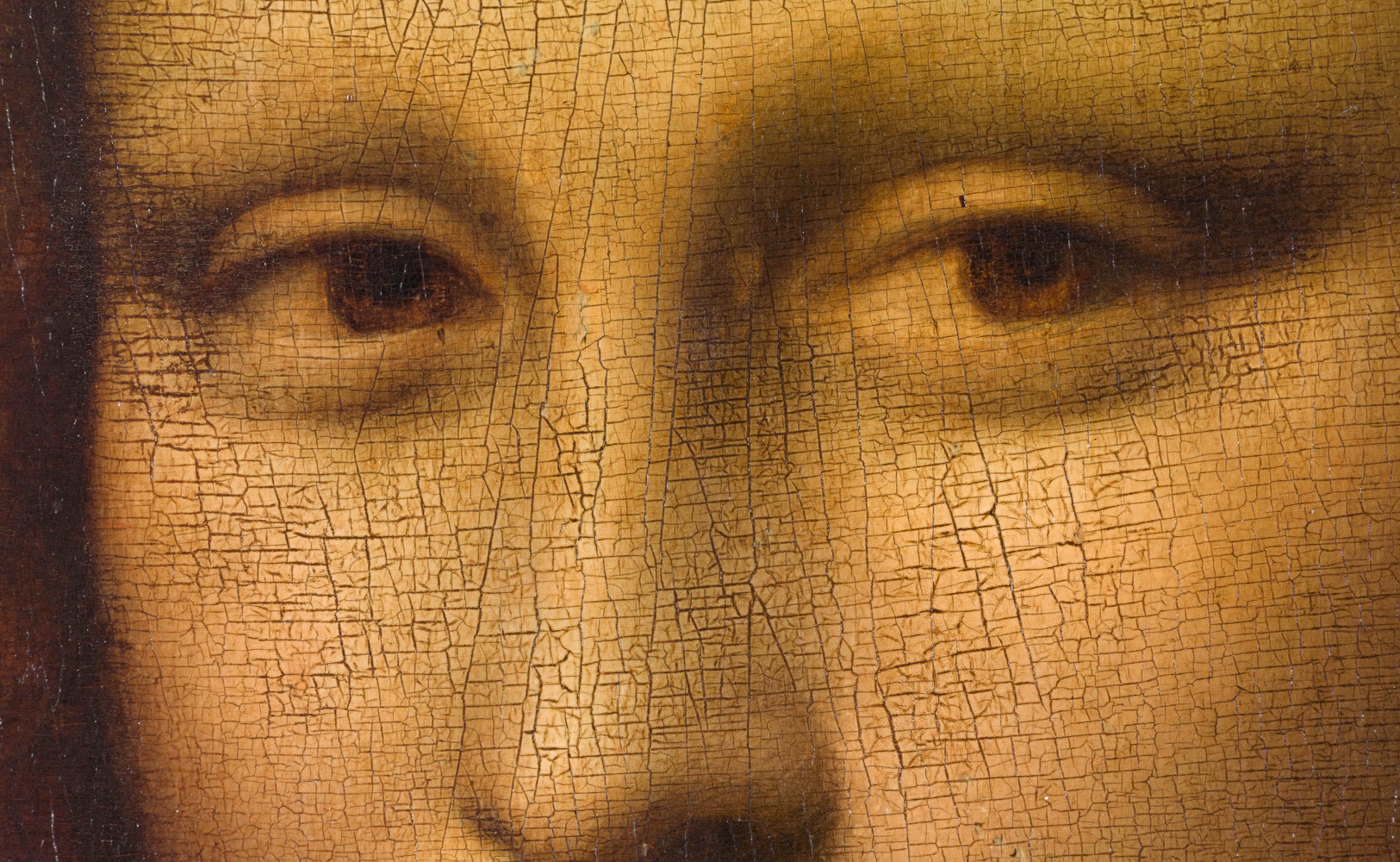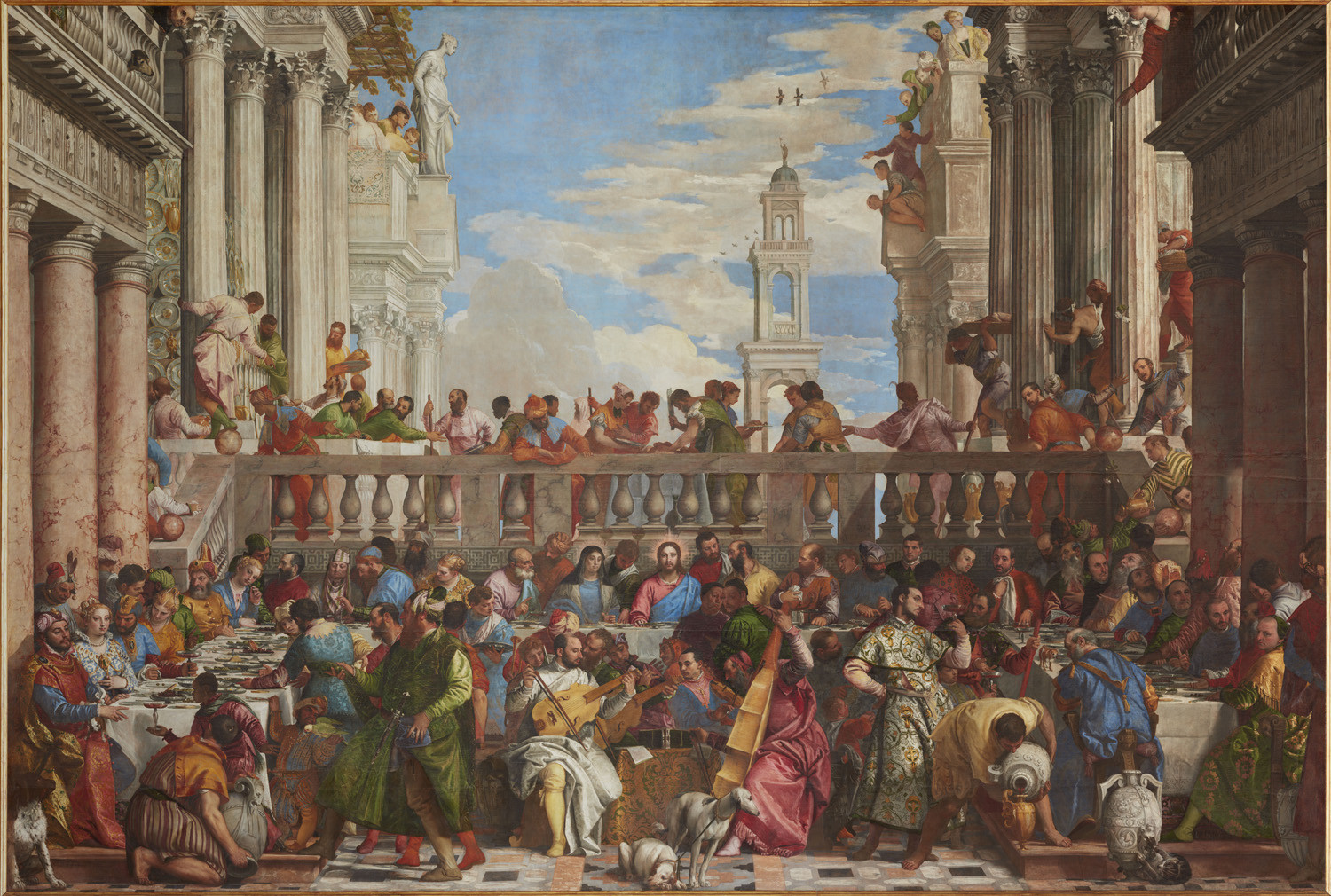The question “Where Is Mona Lisa?” is one of the most frequently asked by art enthusiasts and curious travelers alike. The answer lies within the walls of the world-renowned Louvre Museum in Paris, specifically in the majestic Salle des États. This grand hall is not just any room; it is the largest in the Louvre and the proud home of Leonardo da Vinci’s masterpiece, the Mona Lisa, alongside other incredible Venetian paintings, most notably The Wedding Feast at Cana by Veronese.
The Salle des États: Mona Lisa’s Grand Hall
To truly appreciate the Mona Lisa, one must understand its setting. The Salle des États was deliberately chosen in 1966 as the ideal location to showcase Leonardo da Vinci’s iconic work. This decision was not arbitrary; the sheer number of visitors eager to gaze upon the Mona Lisa‘s enigmatic smile necessitates a space as grand as the Salle des États. Its vastness allows for the comfortable flow of crowds, ensuring that as many admirers as possible can experience this masterpiece.
The Mona Lisa‘s journey to the Louvre and eventual placement in the Salle des États is a story in itself. King François I, an early admirer of Leonardo da Vinci, invited the artist to France in 1518 and acquired the painting directly from him. This royal acquisition marked the Mona Lisa‘s entry into the French royal collections, which have been housed in the Louvre since the French Revolution. Therefore, the Mona Lisa‘s presence in the Louvre is a testament to centuries of French appreciation for this Italian Renaissance treasure.
Today, you’ll find the Mona Lisa enshrined in a protective glass case, taking center stage in the Salle des États. This solitary and secure display is not merely for security; it is crucial for the painting’s preservation. Painted on a poplar wood panel, rather than canvas, the Mona Lisa has aged and warped over time, developing a crack. The controlled environment within the glass case, regulating temperature and humidity, is essential to prevent further deterioration and ensure that future generations can continue to marvel at this timeless artwork.
 Portrait of Lisa Gherardini, known as the Mona Lisa in the Salle des États Room 711, Denon wing, Level 1
Portrait of Lisa Gherardini, known as the Mona Lisa in the Salle des États Room 711, Denon wing, Level 1
Discovering the Mona Lisa: More Than Just a Smile
While the Mona Lisa‘s enigmatic smile is undoubtedly captivating, the painting’s allure extends far beyond this famous feature. The subject is Lisa Gherardini, the wife of Florentine silk merchant Francesco del Giocondo – hence her Italian name La Gioconda and French name La Joconde. Leonardo da Vinci masterfully portrays her against a subtly rendered landscape, her gaze meeting ours with an almost lifelike presence.
Adding to the painting’s mystique is Leonardo’s innovative sfumato technique. This method, utilizing layers of glazes, creates a soft, “smoky” effect, blurring lines and contours to achieve an unparalleled subtlety in shading and transitions. This technique, combined with the naturalistic pose capturing Lisa Gherardini turning towards the viewer, imbues the Mona Lisa with a remarkable sense of life and dynamism, making it far more than a static portrait.
The Mona Lisa‘s fame was further amplified by a dramatic event in the early 20th century: its theft in 1911. The disappearance of the world’s most famous painting from the Louvre caused international sensation and sparked a massive search. For over two years, the Mona Lisa‘s whereabouts remained unknown, only to be recovered when Vincenzo Peruggia, a former Louvre employee, attempted to sell it. This audacious theft cemented the Mona Lisa‘s place in popular culture and intensified global fascination with the artwork.
 Leonardo da Vinci, Portrait of Lisa Gherardini, Wife of Francesco del Giocondo, known as the Mona Lisa Room 711 (Salle des États), Denon wing, Level 1
Leonardo da Vinci, Portrait of Lisa Gherardini, Wife of Francesco del Giocondo, known as the Mona Lisa Room 711 (Salle des États), Denon wing, Level 1
A Room of Masterpieces: Venetian Art in the Salle des États
The Salle des États is not solely dedicated to the Mona Lisa; it is a treasure trove of Venetian Renaissance painting. The deep midnight blue walls, a recent enhancement from 2019, provide a stunning backdrop, accentuating the vibrant colors of the Venetian masterpieces. Facing the Mona Lisa is The Wedding Feast at Cana by Veronese, a monumental canvas that dominates the opposite wall with its bustling scene and rich details.
The room is a celebration of Venetian artistic genius, showcasing works by Titian, Tintoretto, and Veronese, among others. These masters shared a distinctive style characterized by their bold use of color and dramatic compositions. Among the highlights are Titian’s Pastoral Concert and Man with a Glove, Tintoretto’s dynamic sketch for The Coronation of the Virgin (also known as Paradise), and Veronese’s elegant Portrait of a Venetian Woman, known as La Bella Nani. The Salle des États offers a vibrant immersion into the world of Venetian Renaissance art, with the Mona Lisa as its central, yet not solitary, star.
The Wedding Feast at Cana: Louvre’s Largest Canvas
The Wedding Feast at Cana is a masterpiece in its own right and holds the distinction of being the largest painting in the Louvre. Spanning over 6 meters in height and almost 10 meters in width, this colossal work depicts a lavish biblical banquet scene teeming with approximately 130 figures, all rendered in Veronese’s signature vibrant palette.
Originally painted for the refectory of the San Giorgio Maggiore monastery in Venice, The Wedding Feast at Cana arrived at the Louvre under Napoleonic conquest in 1798. While many artworks were returned after the fall of the Empire in 1815, this painting’s immense size and fragility prevented its return journey to Italy. Instead, it was exchanged for a painting by Charles Le Brun. Interestingly, even this seemingly immovable masterpiece has been relocated twice during wartime, highlighting its importance as a cultural treasure worth protecting.
 Veronese (Paolo Caliari), The Wedding Feast at Cana Room 711 (Salle des États), Denon wing, Level 1
Veronese (Paolo Caliari), The Wedding Feast at Cana Room 711 (Salle des États), Denon wing, Level 1
Visiting the Mona Lisa: Plan Your Trip to the Salle des États
For anyone planning a visit to the Louvre and wondering “where is Mona Lisa?”, the Salle des États is your destination. Located in the Denon wing, on Level 1 (Room 711), the Salle des États is a central point within the museum and easily accessible. However, given the Mona Lisa‘s popularity, be prepared for crowds, especially during peak seasons.
To make the most of your visit, consider arriving early in the day or during off-peak hours. This will allow for a more intimate viewing experience with both the Mona Lisa and the other Venetian masterpieces in the Salle des États. Remember to allocate sufficient time to not only see the Mona Lisa but also to explore the rich collection of Venetian paintings that share this remarkable room.
Conclusion
So, to definitively answer the question “where is Mona Lisa?”, she resides in the Salle des États, Room 711 of the Denon wing, on Level 1 of the Louvre Museum in Paris. More than just knowing her location, understanding the Salle des États as the grand hall it is, filled with other Venetian masterpieces, enriches the experience of seeing the Mona Lisa. Plan your visit to the Louvre, head to the Salle des États, and witness firsthand the captivating smile of the Mona Lisa in her magnificent home.

